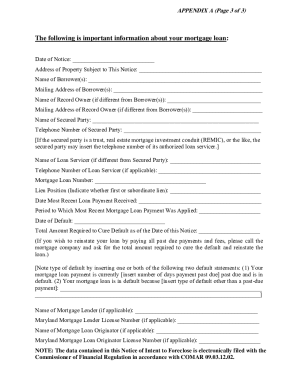
Creative Encounters LLC, Supreme Court, Appellate Division, Third Department, New York,, 183 A.D.3d 1086124 N.Y.S.3d 922020 N.Y. Now, the Third Department (28 Counties covering the Capitol Region and Northern NY) has entered the mix.

Accordingly, the effect of “will accelerate” language depends on which county the property is located in. As such, the Second Department again held that the notice of default did not trigger the statute of limitations. 2019), the New York Appellate Division, Second Department, held that a notice of default stating that if the loan was not made current, the lender “will automatically accelerate loan,” was “merely an expression of future intent” and therefore did not accelerate the borrowers’ debt. However, the Second Department (which includes Brooklyn, Queens, Staten Island, Long Island, and more) recently held that “will accelerate” language in a default notice is not “clear and unequivocal” notice of acceleration, “as future intentions may always be changed in the interim”. This results in the six-year clock starting to run earlier than most expected. In the First Department (Bronx and Manhattan), a default notice that says the servicer “will accelerate” absent cure serves to automatically accelerate the debt upon expiration of the letter. The mortgage debt may be accelerated by a notice sent to borrower by the creditor or creditor’s loan servicer however, the notice to the borrower must “clearly and unequivocally” establish the creditor’s intent to accelerate the mortgage debt upon the expiration of the cure period listed in the notice.

The statute of limitations does not begin to run on the entire mortgage debt unless and until there has been an acceleration of the mortgage debt.

This causes splits in the law, and the same facts can lead to opposite legal results for property owners within the same state. Will the New York Court of Appeals eventually weigh in on the issue of whether a loan is accelerated based upon the very specific language on the demand letter? The changing law is complicated by the fact that New York has four Appellate Divisions, each with jurisdiction over different counties.


 0 kommentar(er)
0 kommentar(er)
